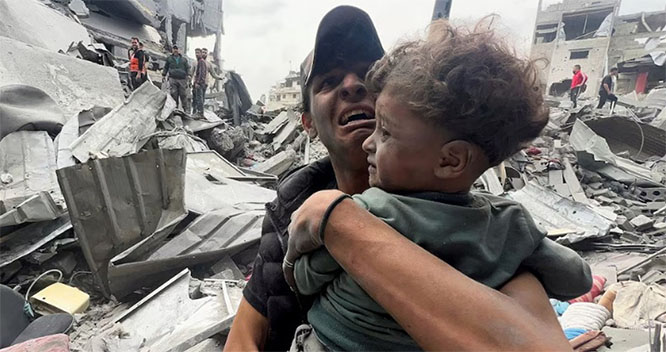Lucknow, Nov 6: The Uttar Pradesh government on Monday rechristened the newly-built Ekana International Cricket Stadium in Lucknow in honour of former prime minister late Atal Bihari Vajpayee.
The proposal to rename the stadium was approved by Uttar Pradesh Governor Ram Naik. The official name of the cricket ground, which is set to host the second T20I of the ongoing three-match series between India and West Indies today, is now 'Bharat Ratna Atal Bihari Vajpayee International Cricket Stadium'.
According to a state government notice issued by Housing and Urban Planning Department Principal Secretary Nitin Ramesh Gokarn, it read, "As per the Article 17.5.1 of the concession agreement between Lucknow Development Authority (LDA), Ekana Sportz City Pvt Ltd and GC Constructions and Development Industries Pvt Ltd, the Governor has accepted the proposal to change the name of the international cricket stadium to Bharat Ratna Atal Bihari Vajpayee International Cricket Stadium situated in Sector 7 of Gomti Nagar Extension."
The stadium was named after Vajpayee, as the former prime minister was a Member of Parliament (MP) from Lucknow for five consecutive times between 1991 and 2009.
The ground is going to host an international match for the first time and has a seating capacity of around 50,000.
The stadium was constructed during the previous tenure of the Samajwadi Party government under the watch of then Uttar Pradesh chief minister Akhilesh Yadav.








Comments
Add new comment